
The Noctuidae, commonly known as owlet moths, cutworms or armyworms, are a family of moths. They are considered the most controversial family in the superfamily Noctuoidea because many of the clades are constantly changing, along with the other families of the Noctuoidea. It was considered the largest family in Lepidoptera for a long time, but after regrouping Lymantriinae, Catocalinae and Calpinae within the family Erebidae, the latter holds this title now. Currently, Noctuidae is the second largest family in Noctuoidea, with about 1,089 genera and 11,772 species. This classification is still contingent, as more changes continue to appear between Noctuidae and Erebidae.

The common snapping turtle is a species of large freshwater turtle in the family Chelydridae. Its natural range extends from southeastern Canada, southwest to the edge of the Rocky Mountains, as far east as Nova Scotia and Florida. The three species of Chelydra and the larger alligator snapping turtles are the only extant chelydrids, a family now restricted to the Americas. The common snapping turtle, as its name implies, is the most widespread.
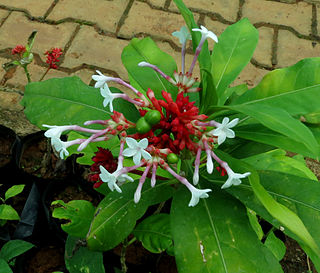
Rauvolfia serpentina, the Indian snakeroot, devil pepper, or serpentine wood, is a species of flower in the milkweed family Apocynaceae. It is native to the Indian subcontinent and East Asia.
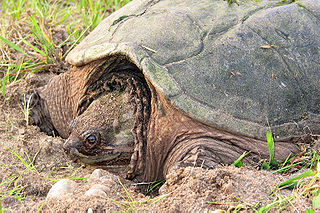
Chelydra is one of the two extant genera of the snapping turtle family, Chelydridae, the other being Macrochelys, the much larger alligator snapping turtle. The snapping turtles are native to the Americas, with Chelydra having three species, one in North America and two in Central America, one of which is also found in northwestern South America.

The putative hybrid cultivar Ulmus × hollandica 'Serpentina' is an elm of unknown provenance and doubtful status. Henry identified it as intermediate between U. glabra and U. minor, a view accepted by Bean and by Melville, who believed that the specimens at Kew bearing the name 'Serpentina' were U. glabra "introgressed by U. carpinifolia" [: U. minor] and were similar to but "distinct from 'Camperdownii'".

Cuculliinae is one of the larger subfamilies of moths in the family Noctuidae.

The large ranunculus is a moth of the family Noctuidae. It is found in Europe and North Africa.

Marmorana serpentina is a species of air-breathing land snail, a terrestrial pulmonate gastropod mollusk in the family Helicidae.

Polymixis polymita is a moth of the family Noctuidae. It is found in most of Europe, but not in the Benelux, Britain, Ireland and the Iberian Peninsula.
Chelydrops is an extinct genus of Chelydridae from Miocene of North America. Only one species is described, Chelydrops stricta.

Antitype is a genus of moths of the family Noctuidae. The genus was erected by Jacob Hübner in 1821.
Ecbolemia was a genus of moths of the family Noctuidae. It is now considered a synonym of Scythocentropus. It contained four species, which are all transferred to other genera or placed in synonymity.
Eumichtis is a subgenus of moths of the genus Polymixis, and the family Noctuidae.

Polymixis is a genus of moths in the family Noctuidae.

Polymixis xanthomista, the black-banded polymixis, is a moth of the family Noctuidae. The species was first described by Jacob Hübner in 1819. It is found in western Europe, southern Europe and east to Romania, Hungary and Slovenia and also in North Africa. In the Alps it can be found at up to 2000 metres above sea level.
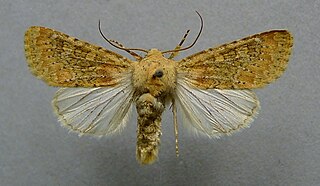
Polymixis argillaceago is a moth of the family Noctuidae. It is found in south-western Europe and the Maghreb countries.

Polymixis lichenea, the feathered ranunculus, is a moth of the family Noctuidae. It is found in western Europe and Morocco. It is mainly found in coastal areas.
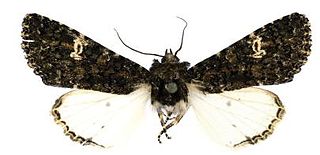
Polymixis ivanchiki is a moth of the family Noctuidae. It is found in the Near East and the southern parts of Turkey.
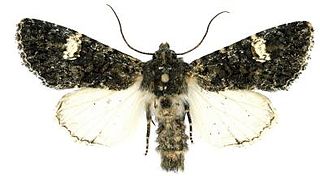
Polymixis serpentina is a moth of the family Noctuidae. It is found in Italy, the Balkan Peninsula and Crete.

















